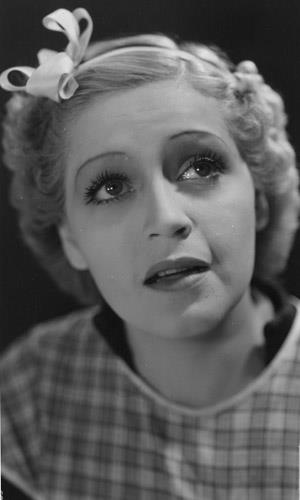The classic Argentine Tango is a genre that is often perceived as dominated by men. Looking into the history of tango, however, you make amazing discoveries. While some female singers are quite well known, the domain of composition, lyrics, and arrangements are often overlooked. In this spotlight article, we delve into the life and contributions of Maruja Pacheco Huergo, a multifaceted artist who made a significant impact on the world of tango.
From her early days as a pianist to becoming a renowned cancionista, composer, and author, Pacheco Huergo’s journey is a fascinating exploration of artistic versatility and diversity in Tango.
Table of Contents
Biography
Maruja Pacheco Huergo was born on April 3, 1916, in Buenos Aires, Argentina, and her artistic journey began at the Williams Conservatory, where she earned her title as a pianist.
Pacheco Huergo rose to popularity in the radio scene, gaining over thirty thousand votes in a 1938 “Miss Radio” contest. She graced various radio stations, including Radio Prieto, Radio Fénix, and an impressive 18-year tenure at Radio Belgrano alongside luminaries like Pepe Iglesias and Charlo.
Notable Compositions
With over 600 registered song titles, including tangos, Pacheco Huergo’s legacy is immortalized in the tango “El adiós.” Her versatility is unprecedent, since in the early 1950s, she released two albums titled “Juguetes musicales,” featuring songs for children, some of which became part of the official school repertoire. Her compositions reached global acclaim in America and Spain.
In today´s milongas, you are most likely to hear Maruja when a 1930s tanda is played, especially from Canaro or Donato. Maruja´s best-known song is probably “Sinfonia de Arrabal”, a song which she both composed and also wrote the lyrics for. The song recordings are captivating in their simplicity and elegance, reflecting well the ingenious song title: The “symphony” as a symbol of highly elaborated classical music combined with the “Arrabal”, the symbol of the modest suburbs.
Composer, Author, Actress, Theater
Considered the first female composer of boleros, Maruja Pacheco Huergo created enduring pieces such as “Don Naides,” “Oro y azul,” and “Gardenias.” She also wrote books of poetry, including “Tarde de lluvia” and “La cuna iluminada.”
While briefly active in Argentina’s golden age of cinema, Pacheco Huergo shared the screen with esteemed artists in films like “Paraguay, tierra de promisión” (1937) and “Ronda de estrellas” (1938).
In 1967, she collaborated on a musical production with the actress Maruja Gil Quesada, featuring the repertoire of the Teatro Estudio ITATI.
Pacheco Huergo’s talents extended to letrista, authoring radio and television scripts, music, and singing instruction. She even authored the telenovela “Enfermera de turno” on Canal 9.
Personal Life and Legacy
Maruja Pacheco Huergo was married to the tango lyricist Manuel Ferradás Campos for several decades. She passed away on September 9, 1983, at the age of 67, leaving behind a lasting legacy. Her remains rest in the SADAIC pantheon at the Cemetery of Chacarita.
Tango Songs by Maruja Pacheco Huergo
- Song Name: El adiós
- Recording Year: [Year]
- Orchestra: [Orchestra]
- Singer: Maruja Pacheco Huergo
- Details: “El adiós” is an iconic tango that brought renown to Pacheco Huergo, resonating with its emotional depth and melodic richness.
Frequently Asked Questions about Maruja Pacheco Huergo
What was Maruja Pacheco Huergo’s significant contribution to tango?
Maruja Pacheco Huergo was a versatile artist, known for her roles as a cancionista, composer, and author, contributing significantly to the world of tango.
What are some of Maruja Pacheco Huergo’s notable compositions?
Maruja Pacheco Huergo’s repertoire includes enduring pieces like “El adiós,” “Don Naides,” “Oro y azul,” and “Gardenias.”
How did Maruja Pacheco Huergo contribute to children’s music?
In the early 1950s, she released albums titled “Juguetes musicales,” featuring songs for children, and several of her compositions became part of the official school repertoire.
Notable Sources
- IMDb – Maruja Pacheco Huergo
- “De corazón a corazón: memorias del bolero en la Argentina” by Ricardo Risetti, Ed. Corregidor, 1996, Buenos Aires
- Archived Source






